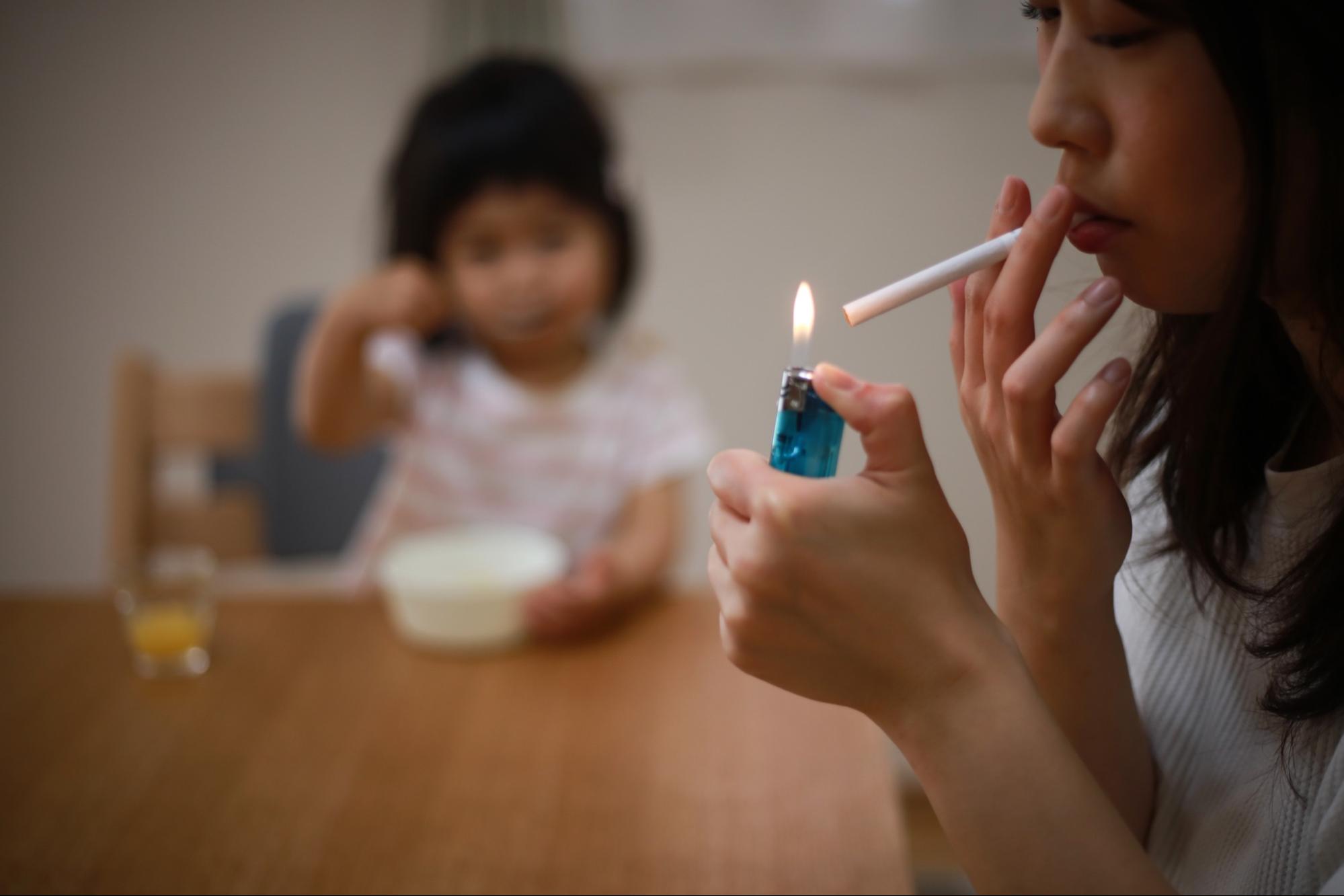
Cleaning the Air: Safeguarding Your Family From Secondhand Smoke
Safeguarding our families from the invisible dangers of secondhand smoke has become more crucial than ever in today’s health-conscious world. Often overlooked, such exposure poses significant health risks, especially to children and non-smoking adults.
This silent threat, lurking in our homes and public spaces, carries a myriad of harmful effects that can impact the well-being of our loved ones. As we delve into this topic, it’s vital to understand the gravity of these risks and the importance of taking proactive measures.
What is Secondhand Smoke?
Secondhand smoke is a mixture emitted from the burning end of cigarettes, pipes, or cigars and that exhaled by the smoker. It’s a serious health hazard, containing over 7,000 chemicals, hundreds of which are toxic and about 70 that can cause cancer.
According to the Centers for Disease Control and Prevention (CDC), secondhand smoke causes approximately 34,000 and 7,300 premature deaths from heart disease and lung cancer, respectively, among non-smoking adults in the United States annually . These alarming statistics indicate the critical need for effective measures to reduce exposure.
Health Risks of Secondhand Smoke
The health risks linked to secondhand smoke are particularly alarming for children, non-smoking adults, and even pets. For children, exposure significantly increases the likelihood of acute respiratory infections, sudden infant death syndrome (SIDS), ear problems, and more severe asthma. The developing lungs of children are highly susceptible to the toxins, potentially leading to long-term respiratory problems.
Non-smoking adults are not spared from the dangers of secondhand smoke. Regular exposure can lead to serious cardiovascular and respiratory diseases, including heart disease and lung cancer. In fact, the American Lung Association reports that non-smokers living with a smoker have a 20-30% higher risk of developing lung cancer. Additionally, it can cause or exacerbate a range of respiratory symptoms, including coughing, wheezing, and breathlessness.
Pets, often overlooked in discussions about secondhand smoke, are also at risk. Animals that live in homes with smokers have a higher chance of suffering from respiratory problems, allergies, and even cancer. Cats, for instance, are twice as likely to develop malignant lymphoma.
These risks underscore the importance of protecting vulnerable groups from secondhand smoke subjection. The World Health Organization (WHO) emphasizes that there is no safe level of exposure, making it imperative to adopt smoke-free policies in homes and public spaces.
Preventive Measures and Alternatives
To effectively safeguard your family from the risks of secondhand smoke, consider these practical measures and alternatives:
Establish Smoke-Free Zones
Make certain areas of your home, like a bedroom and other living spaces, strictly smoke-free. This helps to significantly decrease the exposure to family members.
Support Smoke-Free Policies
Advocate for and adhere to smoke-free laws in public spaces. This collective effort can create healthier environments for everyone.
Explore Safer Alternatives
For those who smoke, consider switching to less harmful alternatives like vape products. They generally contain fewer toxic substances compared to traditional cigarettes.

The wide array of flavors and types, including ‘Salt Nic Vape Juice‘, makes it an appealing alternative for former smokers.
Educate About Vaping
Inform yourself and others about the potential benefits of vaping over smoking. While it is not entirely risk-free, it’s a step towards reducing the harmful effects of smoking.
Choose Quality Products
If opting for vaping, select high-quality products. Reliable sources for vape juice and accessories ensure you get products with fewer harmful ingredients.
Promote Awareness
Educate family and friends about the dangers of secondhand smoke and the available alternatives. Increased awareness can lead to healthier choices and environments.
Regular Ventilation
Ensure your living spaces are well-ventilated. This can help disperse any smoke particles and improve air quality.
Use Air Purifiers
Equip your home with air purifiers, especially in common areas. These devices can help eliminate the presence of airborne toxins.

Seek Support and Resources
If you or someone in your household smokes, consider seeking support for quitting. Many communities offer resources and programs to help people quit.
Conclusion
Safeguarding your family from the dangers of secondhand smoke is an essential step towards ensuring their health and well-being. By understanding the risks, implementing smoke-free zones, and considering safer alternatives like vaping, you can significantly reduce the exposure to harmful toxins. Remember, every action towards a smoke-free environment contributes to the health and safety of your loved ones.
References
- Centers for Disease Control and Prevention. (2020). Health Effects of Secondhand Smoke. Retrieved from: https://www.cdc.gov/tobacco/data_statistics/fact_sheets/health_effects/tobacco_related_mortality/index.htm#:~:text=2-,Secondhand%20Smoke%20and%20Death,adults%20in%20the%20United%20States%3A&text=Secondhand%20smoke%20causes%207%2C333%20annual%20deaths%20from%20lung%20cancer.&text=Secondhand%20smoke%20causes%2033%2C951%20annual%20deaths%20from%20heart%20disease.
- U.S. Department of Health and Human Services. The Health Consequences of Smoking—50 Years of Progress: A Report of the Surgeon General. Atlanta: U.S. Department of Health and Human Services, Centers for Disease Control and Prevention, National Center for Chronic Disease Prevention and Health Promotion, Office on Smoking and Health, 2014. https://www.cdc.gov/tobacco/sgr/50th-anniversary/index.htm



